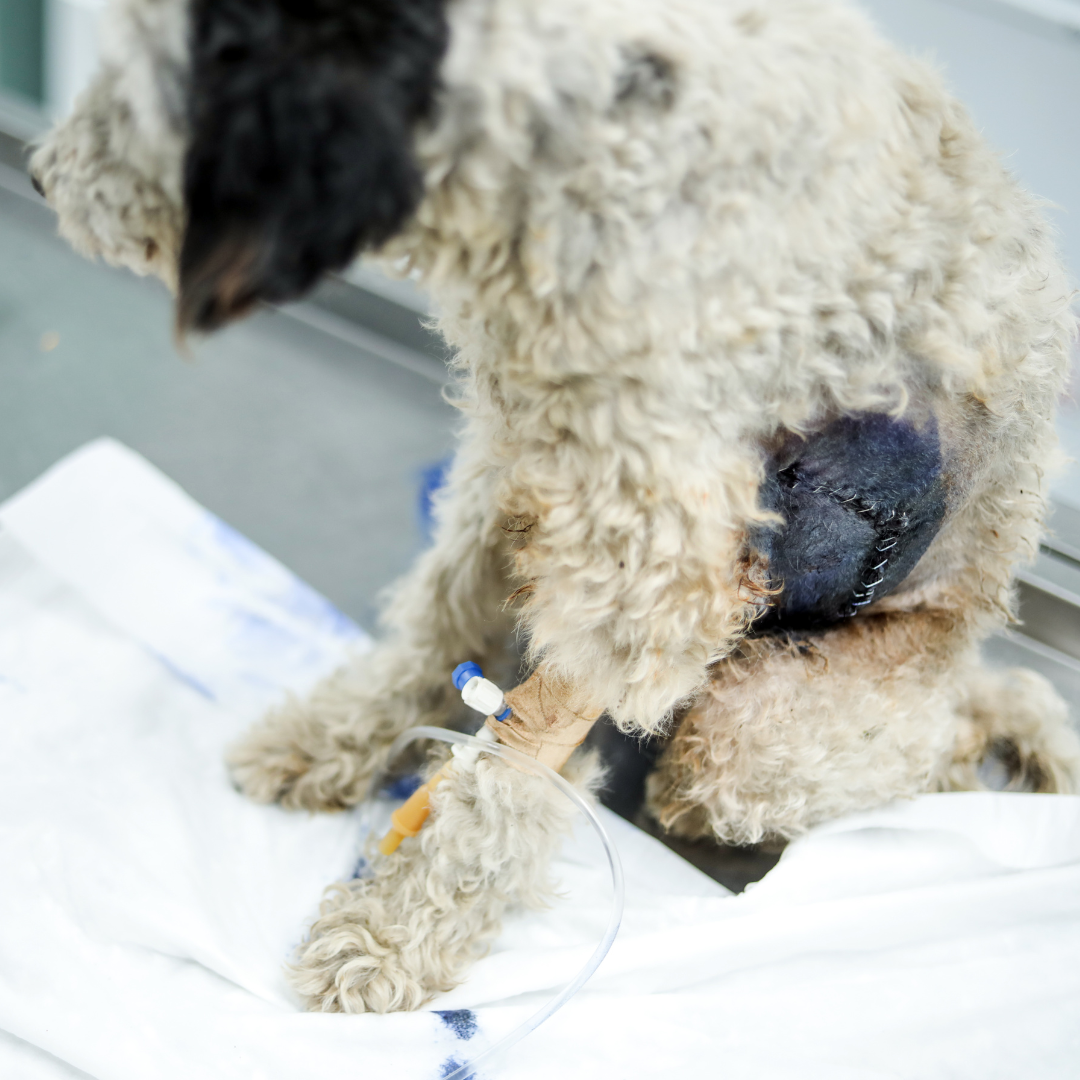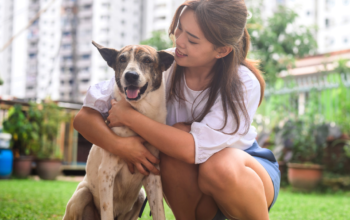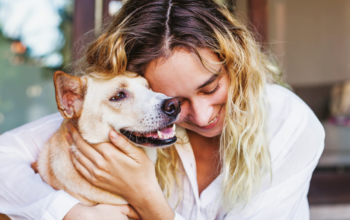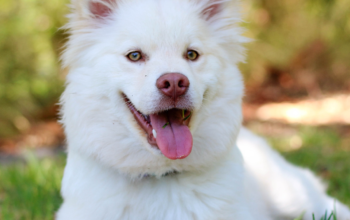Pet ownership can be a wonderful experience, but it can also mean we need to know about the different types of surgery and aftercare for our pets. Some pets may need regular vet visits for teeth cleaning and vaccinations.
In contrast, others may only need these procedures as part of their first visit. Understanding the different types of care for our pets will ensure they are healthy and happy!
What is Pet Surgery?
As pet owners, we must be aware of the surgical procedures our furry friends may need to undergo at some point in their life. Pets’ surgery can range from something as common as neutering or spaying to more complex procedures such as tumor removal.
No matter what type of surgery our pet needs, it’s essential to be prepared for recovery. After any surgery, our pet will likely need some time to rest and heal. This means keeping them calm and quiet and ensuring they don’t over-exert themselves.
We will also need to keep an eye on their incision site, ensuring it heals properly. Depending on the type of surgery, our pet may need to wear a cone or collar to prevent them from licking or scratching at their stitches.
Following our vet’s instructions carefully is key to helping our pet recover quickly and safely from surgery.
Why Do Pets Need Surgery?
Pets, like humans, may need surgery for a variety of reasons. Some common pet surgeries include spaying or neutering, dental work, and cancer treatment.
While it may be daunting to think about our pet going under the knife, veterinarians are highly trained professionals who will do everything they can to ensure our pet’s safety and comfort.
After our pet has surgery, providing them with the proper aftercare is crucial. This may include giving them medication to help with pain relief and swelling, restricting their activity level, and providing them with a clean and comfortable place to recover. Following our veterinarian’s instructions will help our pet heal quickly and avoid complications.
Different Types of Pets Surgeries
There are many pet surgeries, from routine procedures like spaying and neutering to more complex operations like orthopedic surgery. No matter what kind of surgery our pet has, it’s essential to be aware of the potential risks and complications involved.
Here is a brief overview of some of the most common types of pets surgeries:
Spaying and Neutering
Spaying (for female pets) and neutering (for male pets) are routine surgical procedures to prevent animals from reproducing. These procedures are relatively safe and straightforward, but as with any surgery, there is always a risk of infection or other complications.
Orthopedic Surgery
Orthopedic surgery is performed to correct skeletal abnormalities or repair damaged joints. It can be very complicated and risky, so we must ensure a qualified veterinary surgeon is treating our pet.
Soft Tissue Surgery
Soft tissue surgery covers many procedures, from removing tumors to correcting congenital disabilities. As with any surgery, there is always a risk of infection or other complications.
No matter what type of surgery our pet has, we must be aware of the potential risks involved. Be sure to ask a veterinarian about all the possible complications before deciding whether or not to proceed with the procedure.
After Care Tips for Pets Recovery
Assuming our pet has no complications from surgery and can go home the same day, here are some tips for a smooth recovery.
- Keep our pet calm and quiet. Too much activity can cause bleeding or other complications.
- Limit our pet’s food and water intake. Give small amounts frequently rather than large meals. This will help prevent vomiting and diarrhea.
- Watch for signs of pain, such as whimpering or crying. If our pet seems in pain, contact a veterinarian.
- Check the incision site daily. It should be clean and dry with no redness or swelling. Contact a veterinarian right away.
- Give all medications as prescribed by a vet.
Getting Better and Healthy with Lots of Care and Love
After our pet has surgery, following a veterinarian’s instructions for aftercare is essential. This typically includes restricting activity, keeping the incision clean and dry, and returning for follow-up appointments. Surgery can be a scary time for us and our pets, but following these simple instructions will help ensure a smooth recovery.




